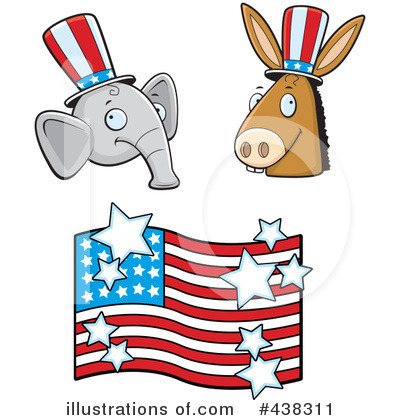A video was circulating showing an enraged white man threatening a police officer. The angry man screams, “You’re gonna die!” in the officer’s face and then unwinds into martial arts moves to incite violence. The officer keeps his composure and after a while the deranged man retreats.
The video was captioned: What if this had been a Black man?
That question is not an indictment of the officer, who brilliantly defused the situation, but it does reflect the inequity in our society. Whether we admit it or not, racial biases exist that betray our principles of freedom and equality.
Unfortunately, many of the people who should look closely into such double standards will instead deny racist threads within their domain. I believe many of those who claim they don’t subscribe to racist policy, but only insofar as I believe they believe they don’t. However, the inability to acknowledge systemic discrepancies are why the movement toward equal justice moves like glacial ice.
Jim Crow laws existed until 1965. That isn’t ancient history, that is the modern era. Up until the mid-1960s segregation laws were enforced on American soil, laws in place since the Reconstruction to disenfranchise and remove political and economic gains made by Black people after the Civil War. Even the U.S. Supreme Court in 1896 upheld Jim Crow laws with a “separate but equal” legal doctrine for African Americans.
“Separate but equal” was racism’s dance around the 15th Amendment’s purpose to insure equal rights. The legal principle of “separate but equal” racial segregation was extended to schools, public facilities and transportation, including interstate trains and buses. Facilities for African Americans were inferior and underfunded, and often there were no facilities for the black community at all.
Did the mindset of segregationists automatically disappear when a more “woke” segment of society emerged in the 1960s to repudiate Jim Crow? Legal scholar Michelle Alexander writes in her book “The New Jim Crow: Mass Incarceration in the Age of Colorblindness,” that many of the gains of the civil rights movement have been undermined by the inordinate incarceration of Black Americans.
Alexander says that although Jim Crow laws have been written off the books, “People are swept into the criminal justice system — particularly in poor communities of color — at very early ages … typically for fairly minor, nonviolent crimes,” She contends that millions of Blacks become trapped in a system that forever brands them as felons and denies them opportunities to become productive citizens.
How come every American after George Floyd, Breonna Taylor, Ronell Foster, Willie McCoy, Jordan Edwards, Nathaniel Pickett (the list goes on), if truly committed to justice, didn’t rise in agreement that “Black lives matter” without an addendum to dilute that awareness with “yeah, but all lives matter”?
The answer is simple: “Liberty and justice for all” is not evenly distributed in America. Until such a time when our collective consciousness can see those double standards, inequity will continue and the cancer that is racial prejudice will remain alive.





More Stories
The Georgia runoff looks very tight – politicalbetting.com
Wells Fargo Active Cash Card Review
Pele: Brazil legend says he is ‘strong with a lot of hope’